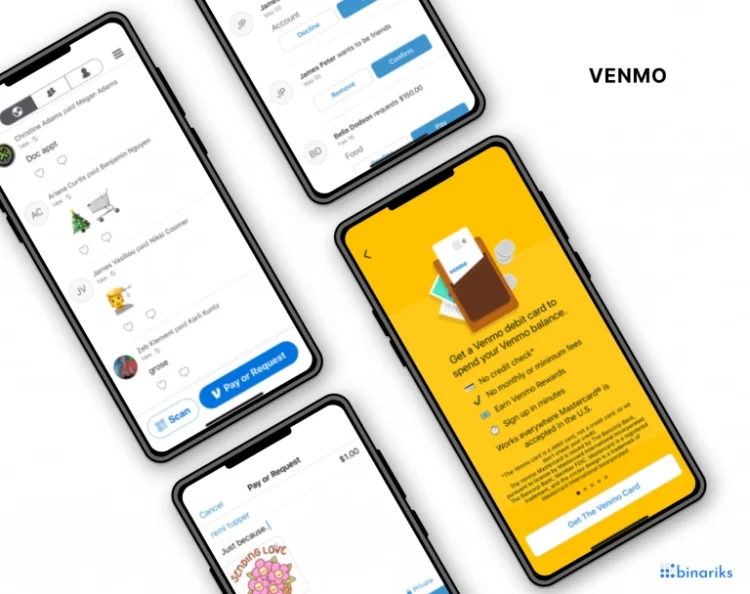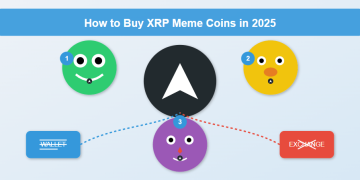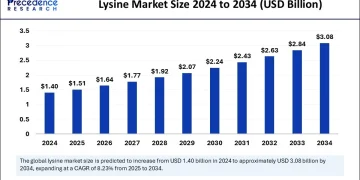Mobile payment app development: from concept to launch
Mobile payment app development has become a strategic focus for businesses aiming to offer convenient, fast, and secure digital transactions. What began as a simple tool for peer-to-peer transfers has evolved into a central component of modern financial ecosystems. Today’s payment apps support everything from in-store purchases to embedded finance features, becoming indispensable for users and providers alike.
This article explores the development process of a mobile payment app, including must-have features, technology stack considerations, and tips to navigate the challenges that come with building financial-grade software.
Why build a mobile payment app?
Consumer demand for speed and convenience is reshaping financial services. In 2024, the global mobile payment market was valued at $3.2 trillion and is expected to grow steadily due to the increasing penetration of smartphones and internet connectivity.
Whether you’re a fintech startup, a telecom provider branching into finance, or an enterprise seeking a better way to manage in-app transactions, mobile payment apps offer:
- Control over the payment experience
- Cost savings by reducing reliance on third-party gateways
- Revenue opportunities from value-added services (e.g., lending, loyalty, exchange)
- Improved customer engagement and retention
Key features of a mobile payment application
To meet both user expectations and regulatory requirements, a modern mobile payment app should include the following capabilities:
1. Account and identity management
- Customer registration and login
- KYC/AML verification flow
- Profile management and secure credential storage
2. Wallet and fund management
- Digital wallet functionality for one or multiple currencies
- Real-time balance display
- Top-up and withdrawal methods (bank, card, cash-in)
3. Transactions and transfers
- P2P transfers
- Bill and merchant payments
- Transaction history and downloadable receipts
4. Security and compliance
- Biometric authentication (fingerprint, face ID)
- 2FA and PIN protection
- GDPR/PCI DSS compliance
5. Notifications and support
- In-app and push notifications for key events
- Integrated customer support via chat or email
Choosing the right technology stack
The success of your app depends on more than just features—it also hinges on performance, scalability, and maintainability. A robust tech stack typically includes:
- Frontend: React Native or Flutter for cross-platform mobile development
- Backend: Node.js or Python (FastAPI) with PostgreSQL for high reliability
- APIs: REST or GraphQL for integrating third-party services (KYC, payment gateways)
- Infrastructure: Containerised environments (Docker) hosted on AWS, Azure, or GCP
- Security tools: Vault for key management, TLS for data encryption in transit
Development approaches: custom vs white-label
You can either build your app from scratch or use a white-label solution. Here’s a quick comparison:
If speed and budget are key factors, white label finance solutions like the SDK.finance Platform can dramatically reduce time-to-market. You can customise the interface, plug in your own business logic, and retain full ownership of data and infrastructure.
Common challenges in mobile payment app developmentRegulatory hurdles
From PCI DSS compliance to PSD2 regulations, ensuring your solution meets legal standards is non-negotiable. Early involvement of compliance experts is essential.
Security concerns
Mobile apps are frequent targets for fraud. Invest in penetration testing, secure coding practices, and real-time fraud monitoring.
System integration
You’ll need to integrate with banks, card networks, payment processors, and third-party services. A modular architecture and API-first design make this easier.
Scalability
Your system should comfortably handle transaction peaks and growth. Cloud-native deployment and load-balanced microservices can help.
Mobile payment app development is complex, but manageable with the right strategy. Whether you’re building from scratch or starting with a platform like SDK.finance, the goal is the same: to deliver a secure, intuitive, and compliant payment experience for your clients.
If you’re considering launching your own mobile wallet or payment app, we’re here to help. Explore how SDK.finance’s FinTech Platform can give you a head start, with over 400 API endpoints and pre-built components for faster development.










